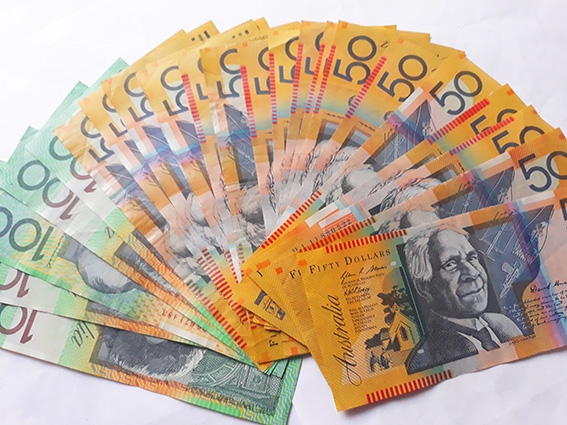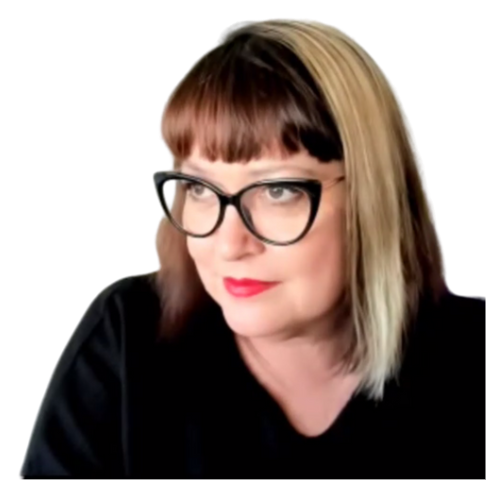The Artists Business Lounge
Art Business Coaching for Visual Artists

Dear Artist, Do you struggle with your pricing? Coming up with your prices and/or feeling confident that your prices are ‘right’?
If so, you are not alone!
I see and hear a lot of questions about pricing, and unfortunately, a lot of really bad advice getting shared around on how to price.
Some people try to bypass the responsibility of their own pricing altogether by asking random other people what they should charge or even ‘what do you think I could get?”
I call this ‘crowdsourcing pricing’.
Here’s a real-life example of crowdsourcing pricing I saw recently:
Artist 1: posts an image and asks “How much should I charge for this painting?” No other information is provided about the work, the artist, the market they operate in, how much they need to live on, their output, their overheads, or anything at all.
Artist 2, without asking any clarifying questions confidently replies $1 – $2 per square inch.
How does that help Artist 1 to get confident and profitable? And where did that square-inch pricing come from anyway?
An artist needs to have clear and consistent pricing if they want to:
- Speak confidently,
- Market effectively,
- Sell their work, and
- Make a living
Have you ever felt anxious about telling someone your prices when asked, in case they judged your work as ‘not good enough’?
Or worried that ‘they can’t afford it’?
Do you not have a clear price for your most common sizes?
Do you feel compelled to discount all the time? Even before you are asked?
And, do you feel guilty when you price your work?
All of these are signs that you do not have a solid pricing position.
There is no magic formula to your pricing (and I am no fan of per square inch. For any artist who works in a wide range of sizes you quickly see why it’s not ideal and anyway it’s arbitrary and you STILL need to know YOUR multiplier – how many $ per square inch, or per linear cm or whatever)
Here are some important factors that can help you hit the right numbers. And while I can’t give you the full box and dice of pricing your work in a blog post, I can share a few things you need to be across to be able to price well.
Here’s the thing…
Whatever price you choose, there will always, and I mean always, be someone who thinks it’s too high, there will always be someone who thinks it’s too low and, there will always be someone who thinks it’s just right.
What matters is:
- Does your pricing reflect how you want to show up in the world?
- Is it the right fit for your target audience? For example, if they thrive on luxury and status, a ‘bargain price’ won’t be the drawcard you might imagine it to be.
- Is your pricing the right fit for how you are positioned in the market that you choose to operate in?
- Does it support you financially in the way you need?
- Do you feel good with these prices, or resentful? A little scared because you are creeping upward is OK but feeling resentful never is, so fix the prices.
Does your pricing position you well -if you want to have gallery representation and you insist on pricing your art at $250 a painting, there’s hardly going to be an incentive for a gallery to represent you. Likewise if you want to sell your art at local markets $8000 a painting isn’t likely to work too well for you.
That being said, here is a bit of a starting point for you:
- 1) Understand what it costs you to have your art career and make work – do you track expenses? If not now is the time to start (don’t worry there are automated ways to make this painless).
- 2) Understand what you need financially per year
- 3) Know how much saleable work you produce – a portion of your work is for your development, for experimentation and play, for your archives, hence the word ‘saleable’
When you work backward from what you need, minus your costs, and take into account how many pieces you can reasonably create and sell, you are going to have the right information to start making some pricing decisions.
Yep, it’s a bit of math.
Aside from the math, a few other things you can bring into the mix:
- 1) existing prices if you are already selling and how they are working for you,
- 2) your gut feel or intuition (yes really), and
- 3) researching the pricing of other artists in a similar market, at a similar level in their career. You don’t have to price the same, but it helps you decide where you are in relation to other pricing.
And remember – Pricing is only one factor in a person’s decision to buy.
You are making art and you don’t have to ‘compete on price’!
Making sure your target audience feels that they have gotten ‘value’ is even more important than price – how you interact with them, how you package the artwork up, how you keep in touch and follow up and so on and so forth, has a bearing on their view of ‘price’ and ‘value’.
If you feel queasy with your pricing, this may be a sign of money mindset blocks, not necessarily a sign that your pricing is ‘wrong’. Honestly, most qualms about pricing are to do with our mindset and the beliefs we have chosen to accept as true.
Your Challenge: Do the work outlined above, pick a number and commit. Committing to your pricing, and putting it into a pricelist can really help your confidence and remove the guesswork and anxiety when someone asks your prices.
As for crowdsourcing your price, that just invites other people’s money blocks and judgements to your pricing party, and who needs that?
I hope this information has given you something to consider.
Until Next Time,
Happy Creating
Amanda
PS If you want help with your pricing so that you can develop a pricing strategy that helps you be both confident and profitable, contact me for a no-obligation chat.

If you’re ready, here are a couple of the ways we can work together.
Work one on one together with my 1:1 coaching
Join The Artist Business Lounge Success System for our amazing 12-month program.

